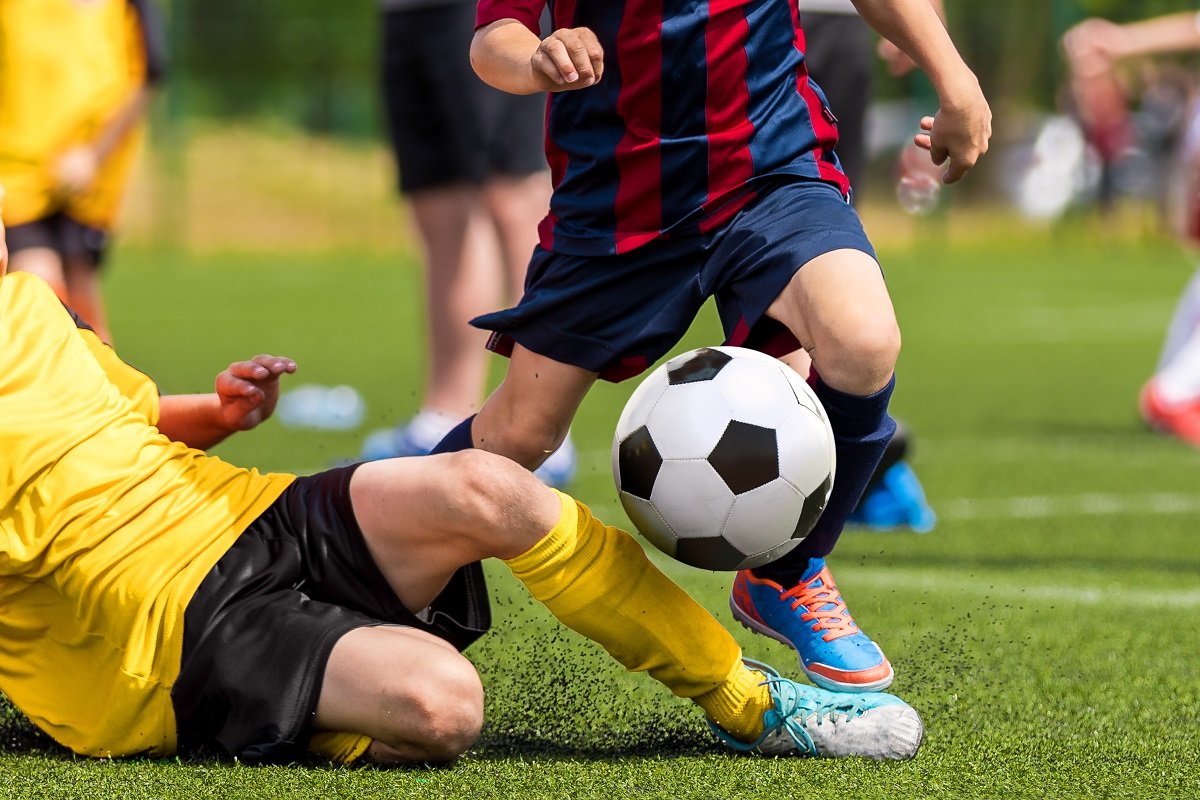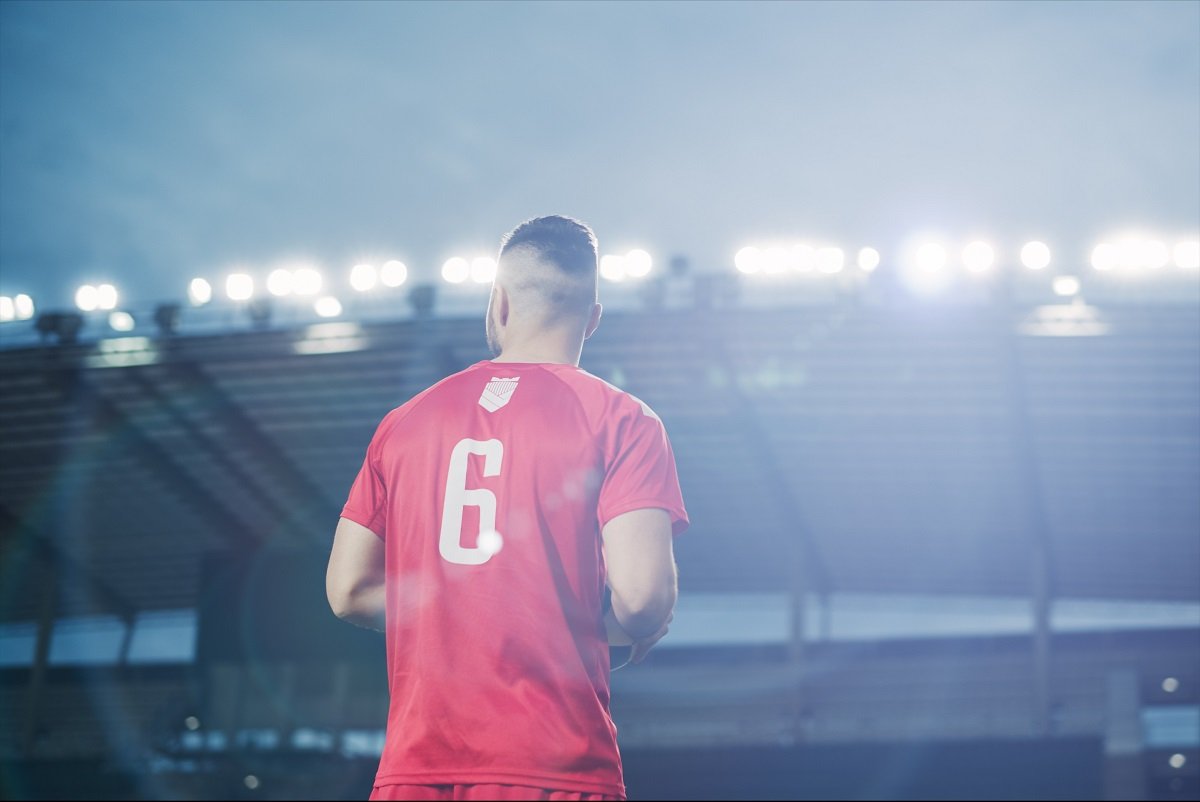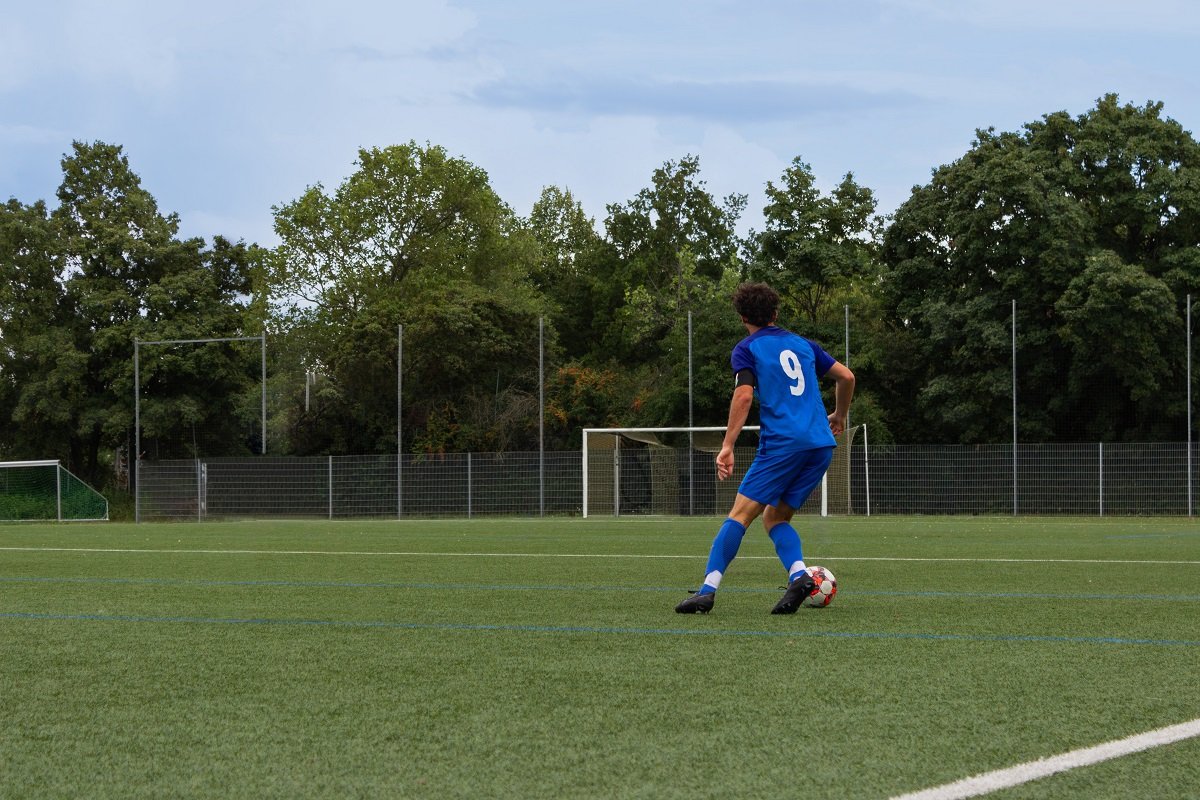
The world’s most famous football players become heavily associated with their shirt numbers, whether it's Messi at no.10, Ronaldo at no.9, or David Beckham’s famous stint at no.7 during his Man Utd days. But what do these numbers mean? Is there any purpose or pattern regarding football shirt numbers?
The answer is a resounding yes. Shirt numbers correspond to different football positions. By looking at the number of a player’s back, you can gain an understanding of their role in the team.
The modern game has become far more fluid when it comes to shirt numbers and positions, but in this guide, you will discover how the traditional football position numbers work.
What are the different football shirt numbers and their positions?
1: Goalkeeper
2: Right back
3: Left back
4: Centre back
5: Centre back
6: Defensive midfielder
7: Right winger
8: Centre midfielder
9: Striker
10: Forward/Attacking midfielder
11. Left winger
Goalkeeper: Number 1

Role and Responsibilities
- The primary shot-stopper and last line of defence.
- Commands the penalty area and organises the defence during set pieces.
- Often involved in starting attacks with distribution skills.
Key Skills
- Reflexes
- Shot stopping
- Distribution
- Communication
Training equipment for goalkeepers
It’s important for goalkeepers to practise their reflexes and shot-stopping prowess. One piece of training equipment that can help are goalkeeper rebounder nets. Whether you are practising on the training field or at home, football rebounder nets can help elevate catching, diving, and reaction skills.
READ ALSO: What are the best goalkeeper training drills?
Defenders

Right Back: Number 2
Role and Responsibilities
- Defends against opposition wingers.
- Supports the attack by overlapping and delivering crosses.
- Balances defensive duties with attacking contributions.
Key Skills
- Tackling
- Speed
- Stamina
- Crossing
- Positional awareness
Left Back: Number 3
Role and Responsibilities
- Similar to the right back but on the opposite flank.
- Provides width and support in both defence and attack.
Key Skills
- Tackling
- Speed
- Crossing
- Stamina
- Positional awareness
Centre Back: Number 4
Role and Responsibilities
- Key defensive player, often the more technical or ball-playing centre back.
- Distributes the ball from the back and steps into midfield when needed.
Key Skills
- Tackling
- Aerial ability
- Positioning
- Passing
Centre Back: Number 5
Role and Responsibilities
- Often the more physical and dominant defender.
- Responsible for winning aerial duels and organising the defence.
Key Skills
- Strength
- Heading
- Tackling
- Leadership
Training equipment for defenders
Training equipment that defenders can look to utilise is wide and varying. Agility football ladders can help improve foot speed, coordination, and agility for quick direction changes, which are crucial for marking and responding to attacking moves.
Football cones can be utilised in drills that enhance agility, acceleration, and directional speed to improve positioning, closing down attackers, and recovery runs.
Resistance bands can help defenders build strength, particularly in the legs, core, and hips, helping to improve tackling power, balance, and lower body strength.
READ ALSO: Football training equipment to use at home
Midfielders

Defensive Midfielder: Number 6
Role and Responsibilities
- Shields the defence by breaking up opposition attacks.
- Distributes the ball to start offensive plays.
- Holds a pivotal role in maintaining team structure.
Key Skills
- Tackling
- Passing
- Positioning
- Stamina
Right Winger: Number 7
Role and Responsibilities
- Attacks down the right flank, providing width.
- Delivers crosses and cuts inside to create scoring opportunities.
- Supports the defence when required.
Key Skills
- Dribbling
- Speed
- Crossing
- Shooting
Central Midfielder: Number 8
Role and Responsibilities
- Box-to-box player, contributing both defensively and offensively.
- Links defence and attack, heavily involved in passing moves.
Key Skills
- Passing
- Stamina
- Tackling
- Vision
Left Winger: Number 11
Role and Responsibilities
- Similar to the right winger but on the opposite side.
- Provides width and often cuts inside to shoot or create chances.
Key Skills
- Dribbling
- Speed
- Crossing
- Shooting
Training equipment for midfielders
Rebound football nets are among the most important pieces of training equipment for midfielders. Football rebounders can help to improve passing accuracy, first touch, and ball control under pressure.
Football training poles can be used to enhance a player’s dribbling skills, agility, and footwork, helping them to navigate tight spaces, improving foot speed, and coordination.
Football mannequins are also useful, simulating opposing players for tactical and technical drills. Mannequins can improve a player’s dribbling, passing, and set-piece accuracy.
READ ALSO: Essential football game equipment for home matches
Forwards

Striker: Number 9
Role and Responsibilities
- Primary goal-scorer.
- Holds up the ball and brings others into play.
- Exploits defensive weaknesses.
Key Skills
- Finishing
- Positioning
- Strength
- Heading
Forward/Attacking Midfielder: Number 10
Role and Responsibilities
- Playmaker, often the most creative player on the team.
- Creates scoring opportunities for strikers.
- Can also score goals from midfield.
Key Skills
- Passing
- Vision
- Dribbling
- Shooting
Training equipment for forwards
Sharpshooter target nets are a great piece of training equipment to help forwards improve shooting accuracy and precision. They can be utilised for targeted finishing, focusing on specific areas of the goal, such as corners.
Football rebounders can be utilised to improve finishing, first touch, and reaction speed, helping to sharpen reflexes, control, and finishing from rebounds or crosses.
Training poles help forwards enhance dribbling skills, agility, and footwork so that they can improve their close ball control, speed, and agility when navigating around defenders.
READ ALSO: What are the best penalty kick training drills?
Modern variations and flexible numbers
While football shirt numbers are traditionally associated with the above positions, the modern game has seen a far more fluid approach. Players are able to play in multiple positions and sometimes interchange with teammates during a match.
Formations have also evolved over the years, moving away from traditional the 4-4-2, which opens up changes when it comes to positions and numbers. For example, a team might play without traditional wingers in midfield, utilising wing backs from defence instead. As a result, numbers 7 and 11 might not find themselves on the flanks but instead more centrally, supporting the main striker.
Understanding football shirt numbers and positions
By understanding football position numbers, you can gain a great understanding of how the game is played and what to look out for from specific players. Hopefully, this knowledge will help you better appreciate the game and all its intricate nuances.
If you are looking to enhance your skills in a particular position, browse the range of football training equipment from Diamond Football. We supply professional quality products to every single Premier League team.




